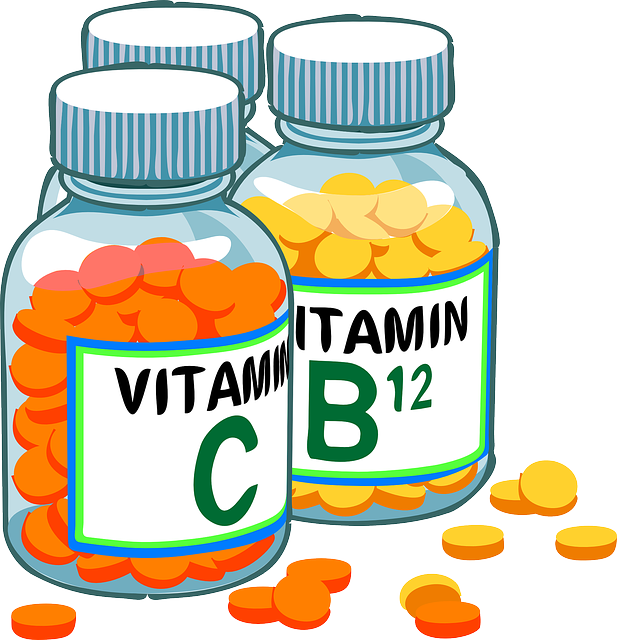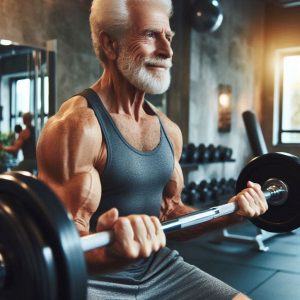
Muscle loss is a natural part of aging. After age 30, muscle mass declines by about 3% to 5% per decade, accelerating after 60. This condition, known as sarcopenia, affects strength, mobility, and overall quality of life. Many aging individuals use resistance training, protein supplementation, and medical interventions to slow this decline. Among the medical options, treatment using steroids has been explored as a way to counteract muscle deterioration.
How Do Steroids Help with Muscle Loss?
Anabolic steroids mimic testosterone, the hormone responsible for muscle growth and repair. Testosterone levels naturally decline as people age, leading to muscle weakness and reduced endurance. Anabolic steroids help maintain or even rebuild muscle mass in aging individuals by increasing protein synthesis and nitrogen retention.
Doctors sometimes prescribe low doses of anabolic steroids to treat severe cases of muscle wasting, such as in individuals with chronic illnesses or significant frailty. However, the use of steroids for general age-related muscle loss remains controversial due to potential risks.
Potential Benefits of Steroid Use for Aging Muscles
For those experiencing severe muscle loss, anabolic steroids can provide measurable improvements:
- Increased Muscle Mass – Steroids enhance protein synthesis, increasing muscle retention.
- Improved Strength and Stamina – Users often experience better endurance and physical performance.
- Faster Recovery – Muscle healing times are reduced, allowing for more efficient training and activity.
- Better Bone Density – Steroids may contribute to stronger bones, reducing the risk of fractures.
These benefits make anabolic steroids an appealing option for some, but they come with significant risks that cannot be ignored.
Risks and Side Effects
Long-term steroid use can lead to serious health issues, especially when used without medical supervision. Some of the most concerning risks include:
- Heart Problems – Steroids can increase blood pressure, bad cholesterol levels, and the risk of heart disease.
- Liver Damage – Prolonged use may cause liver stress and damage, especially with oral steroids.
- Hormonal Imbalance – Anabolic steroids disrupt natural hormone production, leading to testosterone suppression.
- Mental Health Effects – Some users experience mood swings, aggression, or even depression.
Due to these risks, many doctors recommend alternative methods to combat muscle loss before considering steroids.
Alternative Treatments for Muscle Loss
There are safer and more sustainable ways to maintain muscle health as you age. Some effective options include:
1. Strength Training
Resistance exercises, such as weightlifting, bodyweight exercises, and resistance bands, are among the best ways to preserve muscle mass. Training at least three times a week can significantly slow down muscle deterioration.
2. Protein-Rich Diet
A diet rich in lean proteins, such as chicken, fish, and eggs and plant-based sources like lentils, supports muscle repair and growth. Many older adults benefit from protein supplements to meet their daily needs.
3. Hormone Replacement Therapy (HRT)
For individuals with significantly low testosterone levels, doctors may recommend testosterone replacement therapy (TRT) as a safer alternative to anabolic steroids. TRT is carefully monitored and helps restore hormonal balance without extreme side effects.
4. Creatine Supplementation
Creatine is a naturally occurring compound that helps with energy production in muscles. Studies suggest that creatine supplementation can improve muscle strength and endurance, particularly in older adults.
5. Lifestyle Changes
Reducing stress, getting enough sleep, and avoiding excessive alcohol consumption all contribute to better muscle maintenance. Chronic stress and poor sleep can accelerate muscle loss by increasing cortisol levels.
Should You Consider Steroids for Muscle Loss?
While anabolic steroids can provide short-term benefits for muscle retention, they come with serious health risks. The decision to use them should never be taken lightly. Consulting with a doctor is essential to determine whether they are viable for your specific health condition.
For most people, natural interventions like strength training, proper nutrition, and hormone therapy offer safer and more sustainable ways to combat muscle loss. Prioritizing these methods can lead to long-term health benefits without the dangerous side effects associated with steroid use.
READ ALSO: Aging Gracefully: The Path to Longevity and Health Optimization
Final Thoughts
Muscle loss is inevitable with aging, but there are effective ways to slow it down. While treatment using steroids has been explored, the risks often outweigh the benefits for most individuals. Strength training, proper nutrition, and medical guidance remain the best strategy for maintaining muscle health and overall well-being.




